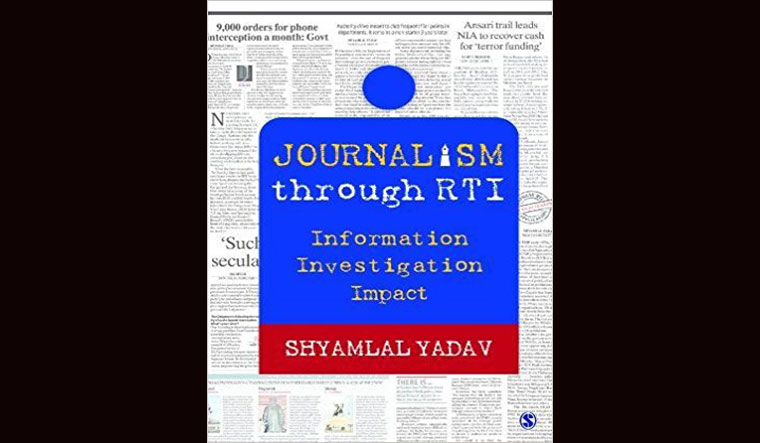In February 2008, citizens of India learnt that 71 Union ministers made foreign trips, roughly spanning 256 rounds of the globe, in three and a half years.
Senior journalist Shyamlal Yadav accessed all the details of the foreign travels, thanks to the Right to Information (RTI) Act. Former Congress chief Sonia Gandhi believes it was the first significant achievement of the UPA government. Ten years after the RTI was enforced, she said, “It was through this very legislation that millions were empowered to ask questions from their government about how schemes and public works were being implemented, and how public authorities were functioning”.
Digging out the names of cities and countries they visited, the dates, or the expenditure, is a very difficult job as the sarkari files generally lie in heaps, covered with dust. The babus may have a system, but information like that was never retrievable, particularly when someone other than the boss wanted it.
But with the RTI, Yadav had got all that he needed in a little over four months. He filed 59 applications under the Act, and many more which were in the nature of follow up. Once the responses were all collated and analysed, out came the true travel story. But, at least for a while, brakes were applied to the travel splurge by none other than then prime minister Manmohan Singh. Such was the impact of the truth uncovered by the RTI.
It was the same Act that enabled Yadav to expose corruption cases against members of the IAS ,IPS, and IRS. Hardly surprising it took him more than a year and over 100 applications to ferret out the information. Some units of the CBI did not provide the complete information, and some provided nothing!!
Yadav's book, Journalism through RTI: Information, Investigation, Impact” is in fact a tribute to the law. Prime Minister Narendra Modi, far from rubbishing it, talks about the “quest for transparency”, and goes one step beyond. “If we limit RTI just to reply to queries, there will be no changes in governance. We have to analyse the RTI questions and ponder whether there is need to make changes in policy matters”.
How the law can be used, and how he used it for a range of exposes is what the book is all about. Journalists are not the only people using the RTI.
There are charges in certain quarters that the law is being used on frivolous grounds. Yet, Yadav says, “At all times, they [journalists] need to take every precaution to protect it [the RTI Act] from any possible dilution by the governments”.
Journalism through RTI: Information, Investigation, Impact
Author: Shyamlal Yadav
Publisher: Sage
Pages 220
Price: Rs 795


